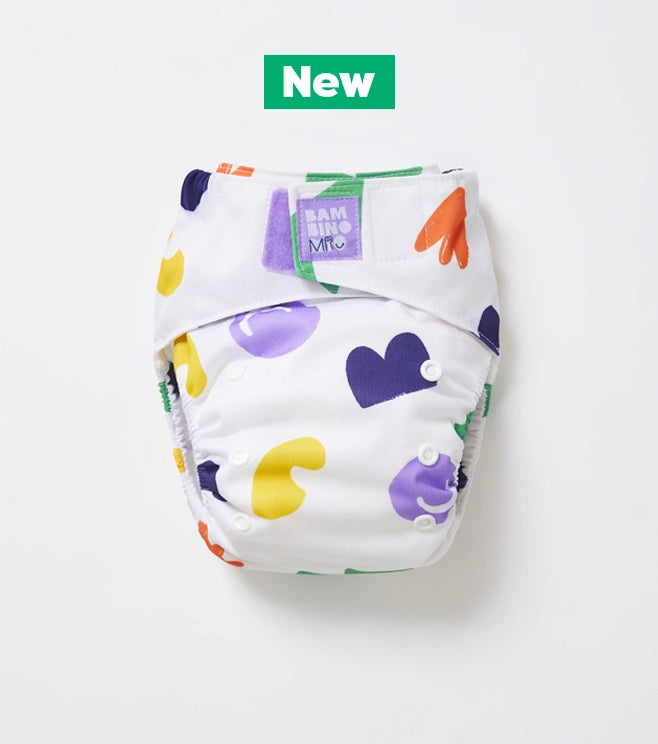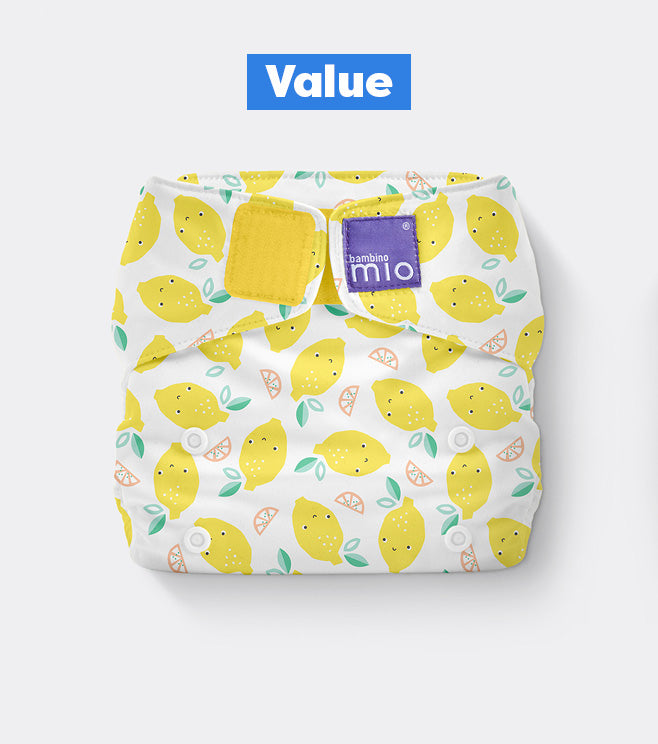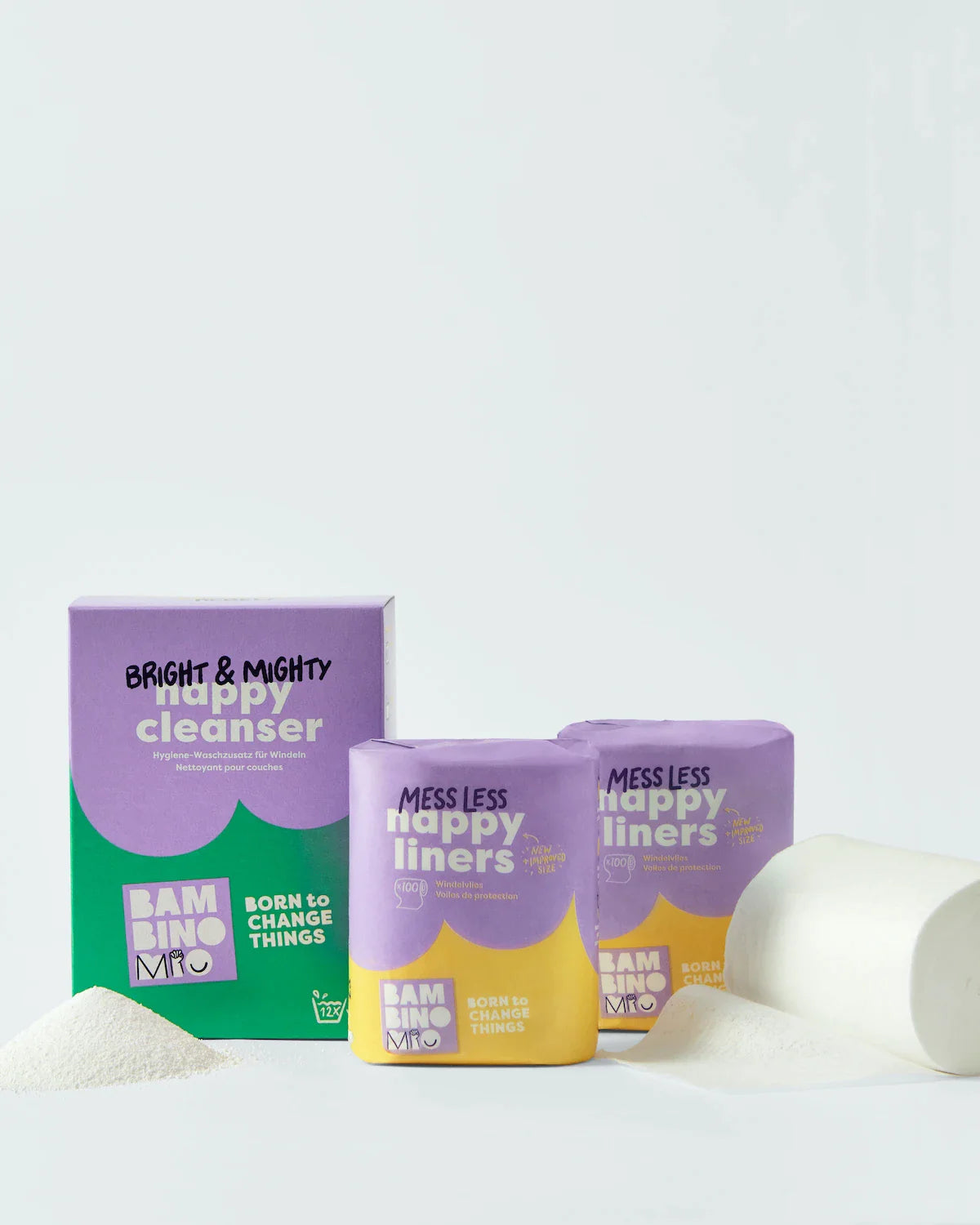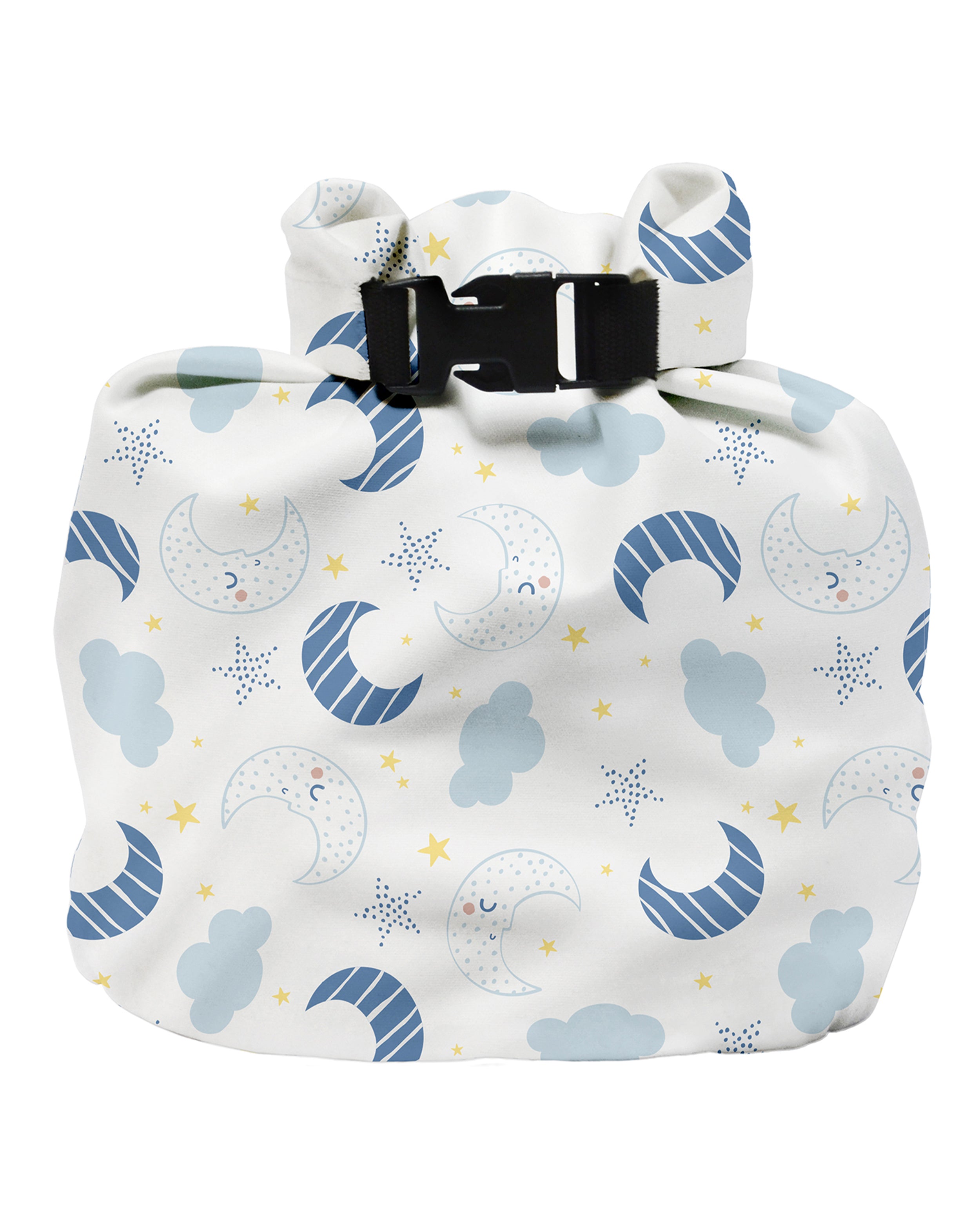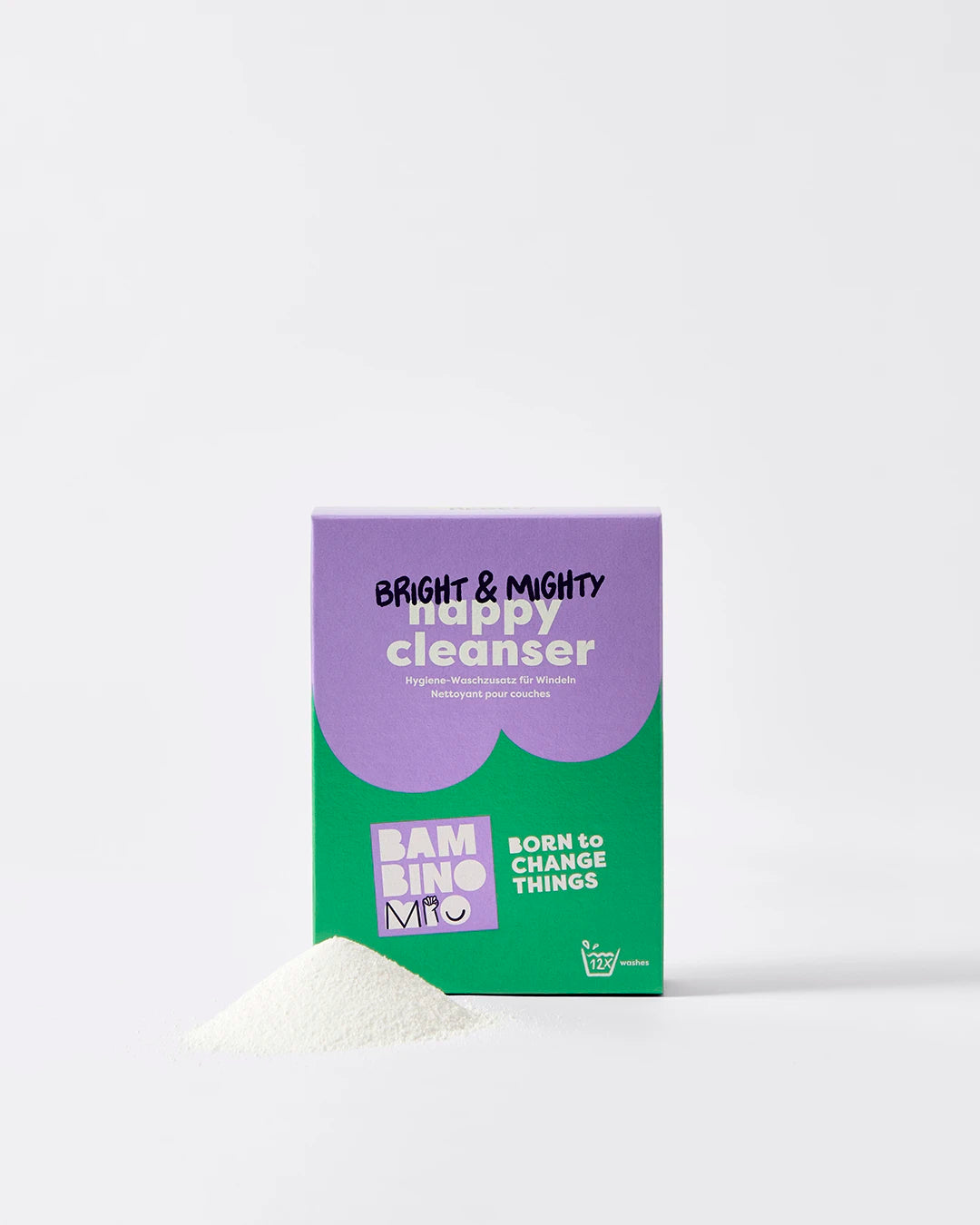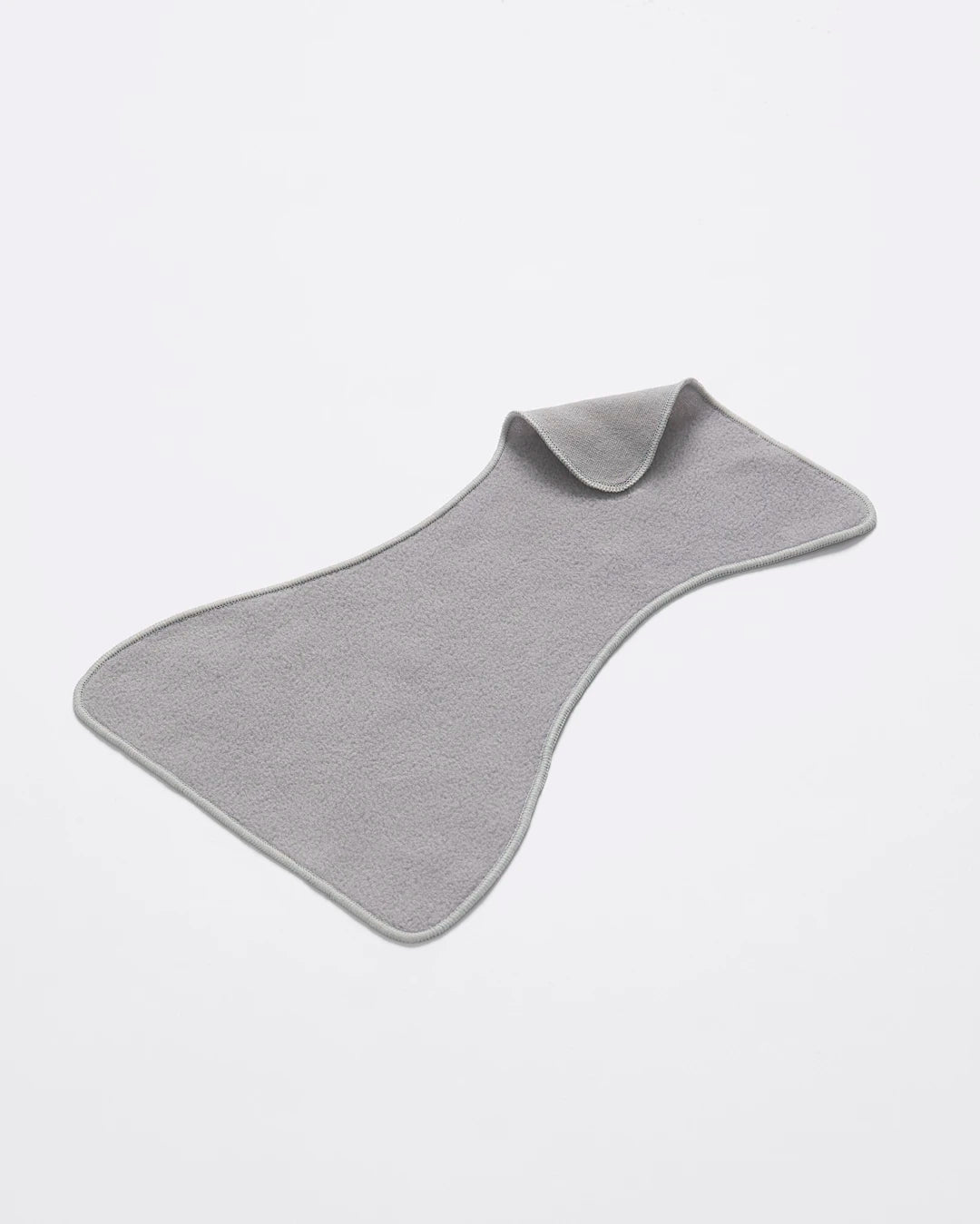Week 39 of Pregnancy | How Big is Your Baby at 39 Weeks?
Share Options
- Bambino Mio
- 09 / 07 / 2023

Inside this Article:
Pregnancy is a time of huge change for you, your body and your life. Our guide will help you through this amazing time, letting you know what to expect at each stage and, most excitingly, what your baby is up to each week.
Your baby is finally the size of a watermelon!
At 39 weeks of pregnancy, your baby is just over 50cm (19.75in) from crown to heel and 35.5cm (14in) from crown to rump, which is around the size of a watermelon. They also weigh around 3,400g (7.5lbs) which means that they’re almost at their birth weight and ready for the big wide world beyond your uterus.
Baby’s ready to make an entrance!
Week 39 sees your baby with fully-formed organs which can function in the outside world. These last few days of pregnancy are still important, though, as you’re both getting ready for labour and birth.
Your baby’s brain and lungs are still developing and maturing and they’ll continue to gain around 200g a week for the next week or so. They’re now full term as are all babies born between 39 weeks and 40 weeks and six days. These babies make their entrance at the optimum stage of pregnancy.
While you’ve been passing on your antibodies to your baby through your placenta since about week 13 of pregnancy, the last few weeks of pregnancy are when you transfer the majority (1).
This means your baby is better able to cope with whatever bugs might be going around when they come into the world.
How you’re feeling at 39 weeks pregnant
You’re probably still experiencing all of the late pregnancy symptoms that have become familiar, those Braxton Hicks contractions, an achy pelvis and frequent trips to the bathroom, but you’re also feeling a mixture of excitement about finally being rid of them soon and meeting your baby.
On that note, your body is getting ready for labour and birth. Your baby’s head is probably down and low in your pelvis and feels like a bowling ball! This head-down position exerts downwards pressure on the inside of your cervix and helps it to prepare for labour by causing it to soften, shorten and thin out - a process known as effacement (2).
So that you can give birth to your baby your cervix has to efface and get ready to dilate (open). For some women this cervical ripening happens over a process of weeks while for others it happens in a matter of hours.
These changes in the cervix are mostly controlled by hormones called prostaglandins (3). These hormones help to prepare the cervix but they can also speed up your digestive transit, which can mean frequent or loose poos - many women find that they’re making extra trips to the bathroom before labour starts.
Staying healthy at 39 weeks of pregnancy
You’re full term now, so it’s OK if you go into labour any time from now on. While it’s best to leave things up to nature for now, there are a few things you can do to - ahem - persuade nature to hurry up because you really want to sleep on your front again.
Walking can help to increase the pressure on your cervix and speed up a process that’s already going on (4). Some women swear by walking up and down the first and second stairs sideways as this can help to spread your pelvis and speed up effacement.
Having sex (5) is also believed to help the body to speed up the processes that precipitate labour. At the very least it’ll take your mind off the fact you’re very pregnant indeed…
Try a curry. It may just be the case that midwives (and old wives) tell pregnant women to cook or order a curry so they feel like they’re doing something proactive, but why not enjoy some great food while you play the waiting game?
You could also plan to see that film that you’ve been waiting for, or arrange a catch up with friends you haven’t seen for a while. These are two surefire ways to bring on labour before you book your seats!
Things to think about at 39 weeks pregnant
You have a good chance of giving birth before you’re 41 weeks pregnant, but if you don’t, then your midwife will probably talk to you about a “stretch and sweep” (6) once you go over 41 weeks.
This procedure involves your midwife using a gloved finger to carefully separate the membranes that secure your amniotic sac to your uterine wall. It sounds scary, but isn’t particularly uncomfortable, although you might have some cramping immediately after.
The point of a membrane sweep is to stimulate your natural prostaglandins (7), which can get your contractions kick started. You might notice some spotting as well as cramping and hopefully, the cramps will start to turn into real contractions before too long!
You don’t have to have a membrane sweep, of course. You might prefer to let nature take its course and enjoy the quiet time, but it’s a discussion worth having with your midwife ahead of time so you can make at least some plans.
Buy some waterproof mattress and furniture protectors so that if your waters break when you’re in bed, in the car or on the sofa, or you’re leaking amniotic fluid on the way to hospital, the clean up is much easier.
Pre wash your reusable nappies and muslins to get them to their optimum absorbency.
Citations and References
(1) National Health Service (NHS). ‘Children’s Health. How Long do Babies Carry Their Mother’s Immunity/’ 2021. Web. www.nhs.uk/common-health-questions/childrens-health/how-long-do-babies-carry-their-mothers-immunity/
(2) Healthline. ‘Everything You Need to Know About Cervical Effacement.’ 2020. Web. www.healthline.com/health/pregnancy/cervical-effacement
(3) National Institutes of Health (NIH). National Library of Medicine. ‘Clinical Insights for Cervical Ripening and Labor Induction Using Prostaglandins.’ 2018. Web. www.ncbi.nlm.nih.gov/pmc/articles/PMC6205862/#:~:text=Prostaglandins
(4) National Institutes of Health (NIH) National Library of Medicine. ‘The effect of walking during late pregnancy on the outcomes of labor and delivery: A randomized clinical trial.’ 2021. Web. www.ncbi.nlm.nih.gov/pmc/articles/PMC8395880
(5) Healthline. ‘Get It On and Get It... Out? Can Having Sex Induce Labor?’ 2020. Web. www.healthline.com/health/pregnancy/sex-to-induce-labor
(6) National Health Service (NHS). ‘Labour and Birth. Membrane Sweep.’ 2023. Web. www.nbt.nhs.uk/maternity-services/labour-birth/membrane-sweep
(7) National Health Service (NHS). ‘Signs of Labour. Inducing Labour.’ 2020. Web. www.nhs.uk/pregnancy/labour-and-birth/signs-of-labour/inducing-labour
Pregnancy by Week, What to Expect



